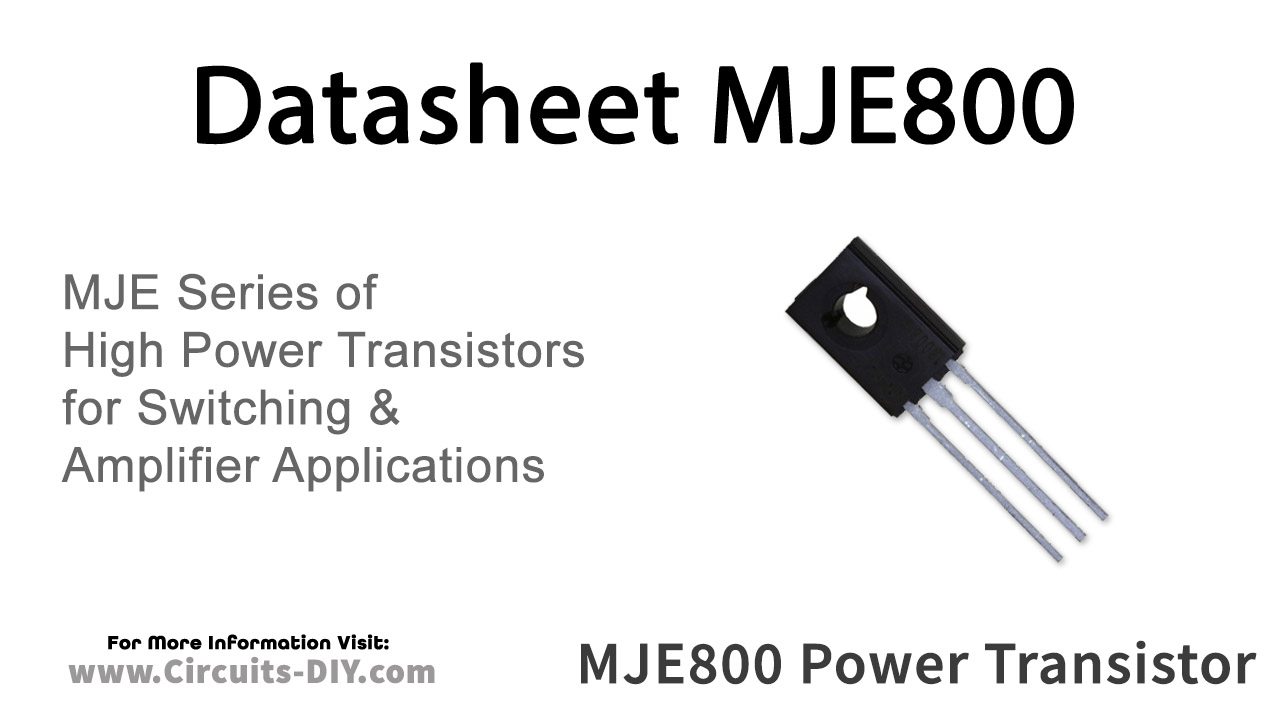

With a positive signal applied to the Base of the transistor it turns “ON” acting like a closed switch and maximum circuit current flows through the device. With a zero signal applied to the Base of the transistor it turns “OFF” acting like an open switch and zero collector current flows.

Then the transistor operates as a “single-pole single-throw” (SPST) solid state switch. For a PNP transistor, the Emitter potential must be positive with respect to the Base. Then we can define the “saturation region” or “ON mode” when using a bipolar transistor as a switch as being, both junctions forward biased, V B > 0.7v and I C = Maximum. This means then that we can ignore the operating Q-point biasing and voltage divider circuitry required for amplification, and use the transistor as a switch by driving it back and forth between its “fully-OFF” (cut-off) and “fully-ON” (saturation) regions as shown below. The areas of operation for a transistor switch are known as the Saturation Region and the Cut-off Region.

If the circuit uses the Bipolar Transistor as a Switch, then the biasing of the transistor, either NPN or PNP is arranged to operate the transistor at both sides of the “ I-V ” characteristics curves we have seen previously. However, high power devices such as motors, solenoids or lamps, often require more power than that supplied by an ordinary logic gate so transistor switches are used. Some output devices, such as LED’s only require a few milliamps at logic level DC voltages and can therefore be driven directly by the output of a logic gate. Solid state switches are one of the main applications for the use of transistor to switch a DC output “ON” or “OFF”. However, both the NPN & PNP type bipolar transistors can be made to operate as “ON/OFF” type solid state switch by biasing the transistors Base terminal differently to that for a signal amplifier.

High DC Current Gain (hFE), typically 1000.This makes it suitable for medium and high power electronics like controlling motors, solenoids or high power LEDs.Ĭontrols the biasing of transistor, Used to turn ON or OFF the transistorĬurrent flows in through collector, normally connected to loadĬurrent Drains out through emitter, normally connected to ground It can switch loads upto 60V with a peak current of 8A and continuous current of 5A. The TIP120 is a NPN Darlington Power Transistor.


 0 kommentar(er)
0 kommentar(er)
